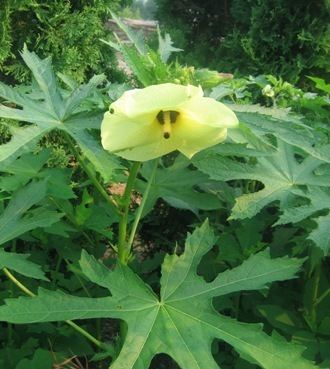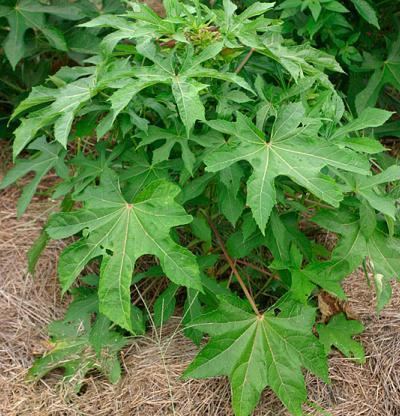Rank Species | Higher classification Abelmoschus | |
 | ||
Similar Abelmoschus, Mallows, Broussonetia kazinoki x Brousson, Abelmoschus moschatus, Broussonetia kazinoki × B papyrif | ||
The edible hibiscus abelmoschus manihot
The aibika (Abelmoschus manihot) is a flowering plant in the mallow family Malvaceae. It was formerly considered a species of Hibiscus, but is now classified in the genus Abelmoschus. The plant is also known as the sunset muskmallow, sunset hibiscus, or hibiscus manihot.
Contents
- The edible hibiscus abelmoschus manihot
- Abelmoschus manihot growing in torre chianca
- Applications
- Chemical constituents
- Nutrition
- References
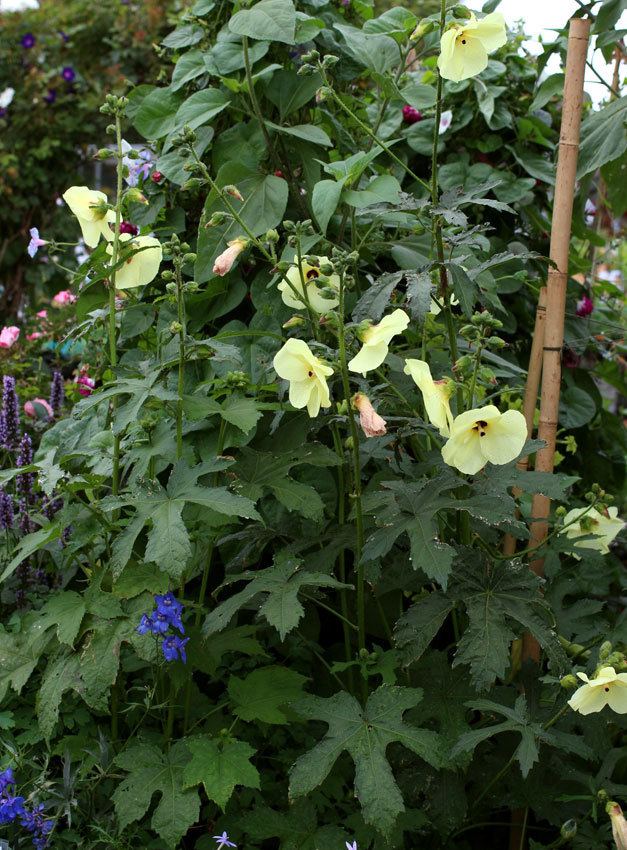
Abelmoschus manihot growing in torre chianca
Applications
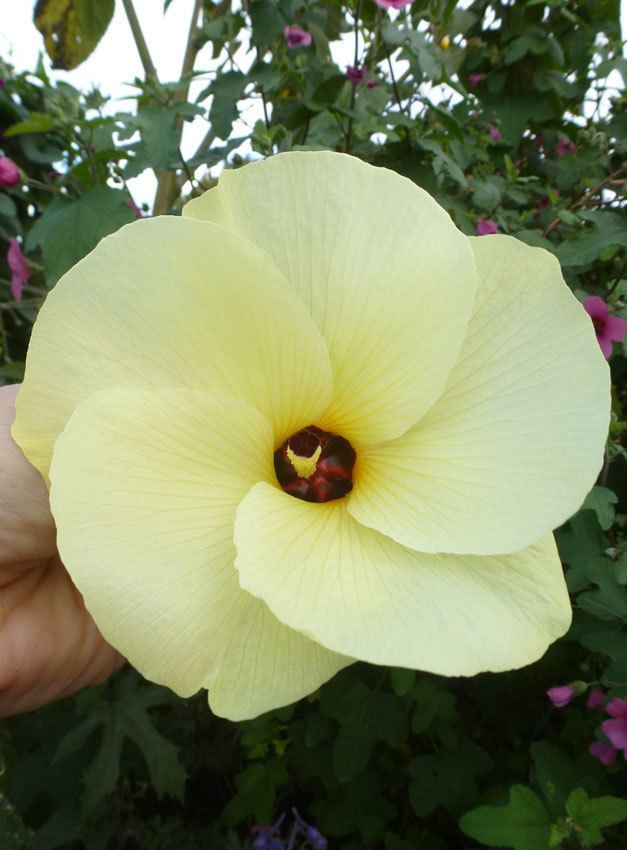
In Japanese, this plant is known as tororo aoi and is used to make neri, a starchy substance used in making washi. In Korean, this plant is known as hwang chok kyu and is used to make dak pul, which assists in making hanji (Korean paper). In the Pacific Islands, the common name for this plant is bele and vauvau and along with taro-leaf spinach, and a wide variety of wild ferns, it is a main green of many villages there.
Chemical constituents
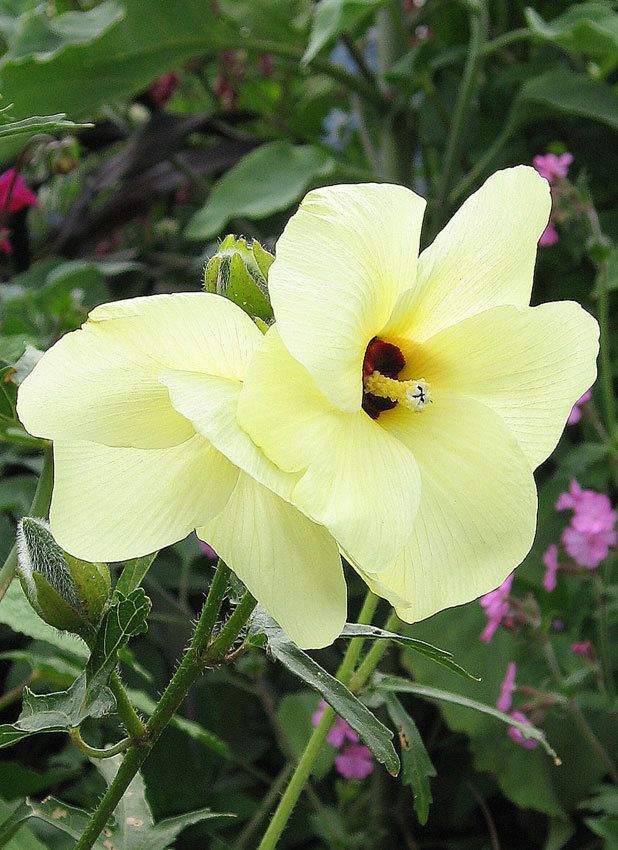
A chromatographic and spectroscopic analysis published in China Journal of Chinese Materia Medica showed that aibika contained thirteen compounds: myricetin, cannabiscitrin, myricetin-3-O-beta-D-glucopyranoside, glycerolmonopalmitate, 2, 4-dihydroxy benzoic acid, guanosine, adenosine, maleic acid, heptatriacontanoic acid, 1-triacontanol, tetracosane, β-Sitosterol, and beta-sitosterol-3-O-beta-D-glucoside.
Nutrition
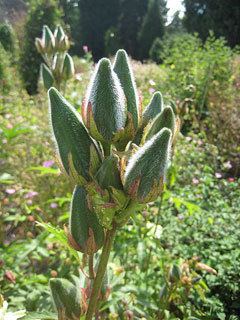
Although technically a shrub, aibika is a perennial which, under good conditions, can grow to over three meters in height. It is reputedly an extremely nutritious vegetable. Its leaves are very high in vitamins A and C, and iron, and have 12% protein by dry weight. Moreover, it is easily propagated from cuttings, easy to cultivate, relatively disease-resistant and even is considered to be of medicinal value. It is widely planted either along borders of gardens or as an intercrop throughout many traditional gardens in the tropics.
